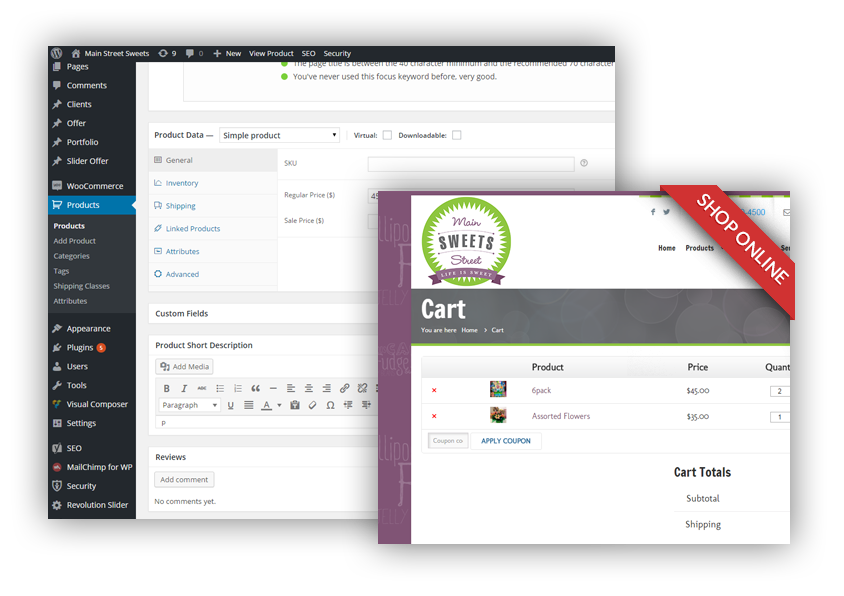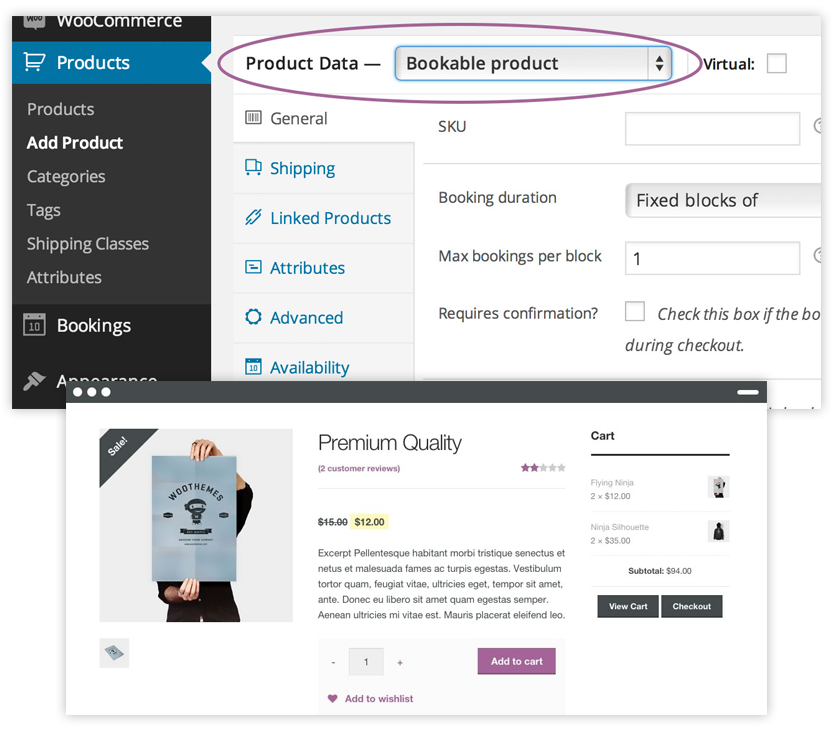7 Tips For Effective eCommerce Inventory Management
7 Tips For Effective eCommerce Inventory Management
eCommerce Solutions
When people talk about e-shops, the focus is usually on how to create the perfect website or captivating social media ads. While these play a crucial role in developing a successful eCommerce website, there is another aspect that requires your constant attention and determines your future as a business, which is stock management and all related operations.
Inventory is at the core of every retail and wholesale business. At the same time, if not managed effectively, loss of customers and revenue are probable results. Especially if you run a small eCommerce business where competition is tight and budgets limited, there is no room for inventory mistakes. Luckily there are some well-tested tips and tricks you can follow to ensure eCommerce success.

1. Maintain positive supplier relations
Just because your shop is on the web, it doesn’t mean you should avoid investing in relationships with your stock vendors. Investing in good long-term relationships with some of your key suppliers can help you get better prices and stay competitive. Maintaining a good relationship may even give you priority over other retailers when highly popular products are low or out of stock. Simply put, a nice gesture can go a long way so always remember to be kind, reasonable, and respectful during each interaction.
- Processing (can edit order, mark committed stock, receive payments, can print invoice)
- Completed (complete invoice, mark orders as paid/unpaid, mark that all goods have been shipped, mark the order as paid/ unpaid, if unpaid then amount will be added into customer/supplier due)
- Cancelled (all stock will be restored, all payments will be cancelled)
- Inventory or Products
- Sales and Purchases
- Sales and Purchases Returns
- Incomes and Expenses
- Damaged Products
- Banks and Transactions
- Loan Agent and Loan Management
- Admin and CRM (Customer and Supplier Management)
- Customer and Supplier Order History
- Customer and Supplier Due Management
- Multi User and Permissions
- Advanced and Detail Searching
- Reporting
- Printing Order Memo with full customization

2. Have backup suppliers
At the same time, you should never solely rely on good relationships when it comes to business. Having backup suppliers can be a life-saver with low-stock items. With so many other options and offers, customers are likely to abandon their virtual shopping cart and never return if what they were looking is available elsewhere.
3. Evaluate and manage slow-moving items
Getting stuck with more inventory than you can actually sell can be a headache to even the most efficiently run e-shops. To maintain a healthy selection of products, investing in data is crucial. Regularly check on how fast different products are moving so you can quickly push slow-moving items with discounts and special offers before they become outdated and totally immovable. Even with this, however, forecasts are not perfect. A good solution is to map out some scenarios before things get to the point of sheer panic.
4. Rotate your inventory regularly
In a world where new products pop up every day and trends become outdated within months or even days, a shop that does not move at the same pace risks to look boring and old. Customers constantly see new products being advertised on their social media feeds and this creates a craving for something different and unique. For that, you need to rotate your inventory regularly to stay at the top of your game. This can increase your expenses, but forever lost customers will be a greater loss in the long term.
5. Store your stocks wisely
Just because you run an eCommerce business with no physical location open to the public, it doesn’t mean you don’t need to keep an organized place to keep your stock. If it doesn’t make sense for you to rent a warehouse yet and if prefer to keep your stock at home, it is even more important to be serious about your stock keeping. The last thing you’d want is a household member to mess up with a ready-to-ship order or lose products due to a lack of organization.

6. Be transparent with product availability
You may lose consumer trust if you offer an item that is out of stock when the customer thought it was available. Also, be transparent about your number of items you really have in stock and if not, then inform when it will be available again. Honesty is the best policy.
7. Use the right tools and services
In the beginning, manually tracking inventory on spreadsheets may seem ideal. But as soon as your product list grows along with your business, this will become a headache for you and your employees, depriving you of precious time, resources and energy.

An inventory management system can help you control your stock more efficiently. Moreover, it simplifies bothersome processes like returns from customers, helping you save up time and money. Cloud solutions spare business owners the time and money-consuming processes of installation and maintenance, as you just pay for a (usually monthly) subscription. At the same time, the very notion of the workplace is transformed. Employees are able to work remotely, and you can monitor all of your business operations from one virtual hub.
Running an e-commerce business in a globalized market has become harder than ever. Customers are constantly looking for the lowest price, and behemoths like Amazon can’t be beaten at this strategy. Nevertheless, smaller e-shops can make a difference by providing high quality and unique products. Furthermore, by implementing the right tools and focusing on solid vendor relations, online retailers can make processes more efficient and use their time and money in other parts of their business.
Hire ThePixel to build your next website!
Since our founding in 2008, we’ve created and launched many types of business websites. Over the last decade and we’ve learned a thing or two! That’s why we’re masters of our craft, let us help you build the website of your dreams – one that generates traffic, leads and conversions.
Are you ready to start? If yes, contact ThePixel and one of our representatives will guide you through the website phases and how the process works either by a Zoom Meeting or phone.


